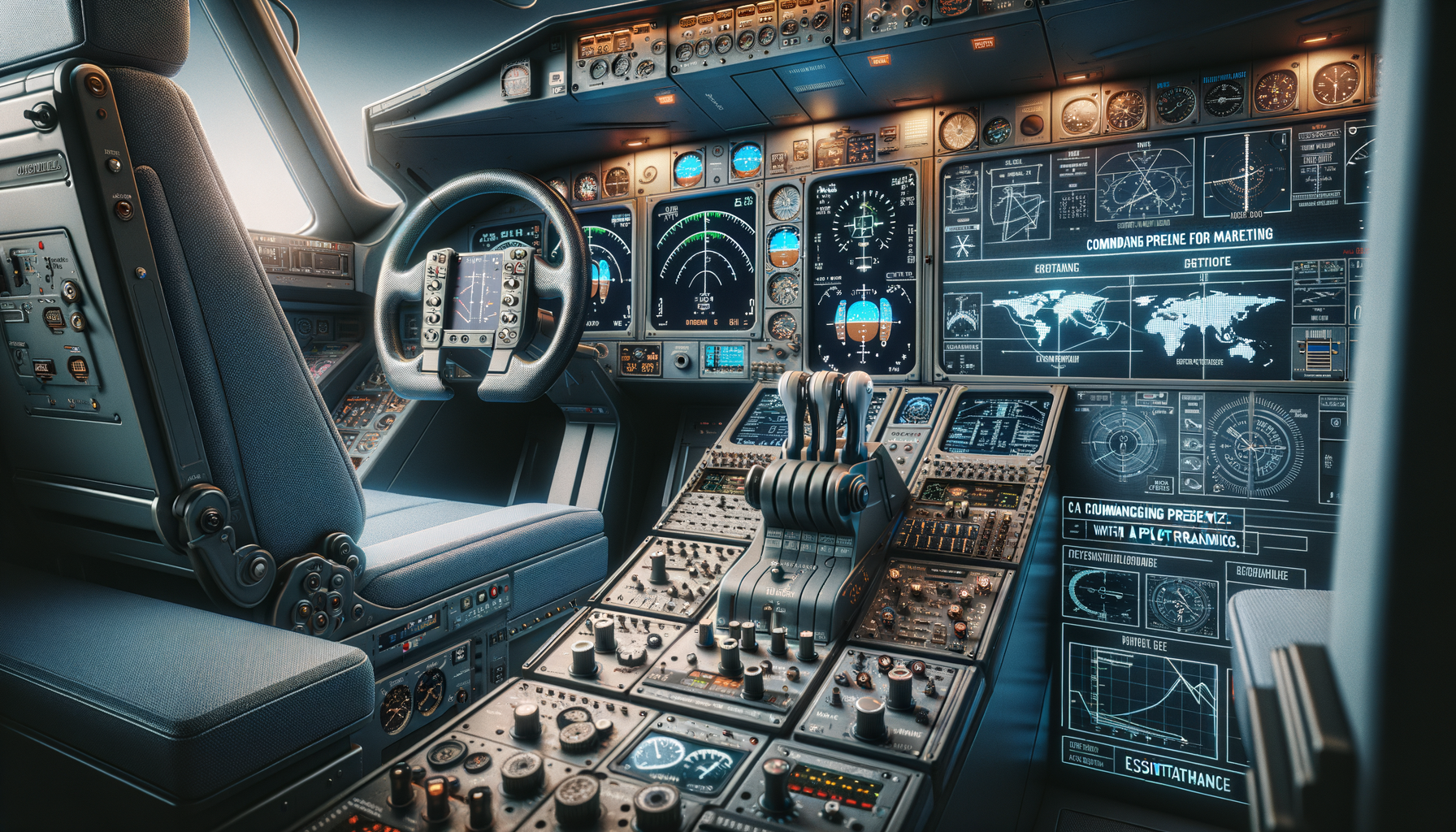
Pilot Training in the US: What You Should Know Before Starting
Understanding the Basics of Pilot Training
Embarking on a journey to become a pilot is a thrilling adventure that promises a career filled with opportunities. The first step in this process is understanding the fundamental requirements and stages of pilot training. In the United States, aspiring pilots must first obtain a Student Pilot Certificate, which allows them to begin training. This certification requires applicants to be at least 16 years old and proficient in English.
The training is divided into several phases, starting with ground school. Here, students learn the theoretical aspects of flying, including aerodynamics, navigation, meteorology, and aviation regulations. Ground school is crucial as it lays the foundation for practical flying lessons. Following this, students move on to flight training, where they gain hands-on experience under the guidance of certified flight instructors.
To qualify for a Private Pilot License (PPL), students must complete a minimum of 40 flight hours, although most students require more to feel fully prepared. These hours include dual instruction flights, solo flights, and cross-country flying. The training culminates in a checkride, a practical test where students demonstrate their flying skills and knowledge to an examiner.
Choosing the Right Flight School
Selecting the right flight school is a critical decision that can significantly impact the quality of your training and your future career in aviation. There are hundreds of flight schools across the US, each offering different programs and facilities. When choosing a school, consider factors such as location, cost, fleet size, and the qualifications of the instructors.
Location is important not only for convenience but also for the type of weather and airspace you’ll be training in. Schools in different regions offer varied experiences; for example, training in a busy airspace can provide valuable experience in communication and navigation. Cost is another major consideration, as pilot training can be expensive. It’s essential to compare tuition fees, aircraft rental rates, and additional costs like textbooks and exam fees.
Moreover, the size and condition of the school’s fleet can affect your training experience. A larger fleet can mean more availability for flight hours, reducing waiting times. Finally, the quality of instruction is paramount. Look for schools with experienced instructors and a strong safety record. Visiting the school, talking to current students, and reading reviews can provide additional insights.
Career Opportunities and Advancement in Aviation
Upon completing pilot training and obtaining the necessary licenses, a world of career opportunities opens up. Many pilots start their careers as flight instructors, building the required flight hours to qualify for commercial airline positions. This role not only hones their flying skills but also enhances their teaching and communication abilities.
Once enough hours are accumulated, pilots can apply for positions with regional airlines, which often serve as stepping stones to major airlines. These positions offer valuable experience in operating larger aircraft and flying to diverse destinations. The demand for pilots is expected to grow, driven by an expanding global economy and increasing air travel.
Beyond commercial airlines, pilots can explore careers in charter services, cargo transport, and corporate aviation. Each sector offers unique challenges and rewards. Additionally, pilots can advance their careers by pursuing roles such as flight operations manager, airline safety officer, or even transitioning into aviation management.
In conclusion, pilot training is a gateway to a dynamic and rewarding career. With the right preparation and commitment, aspiring pilots can achieve their dreams of soaring through the skies.


